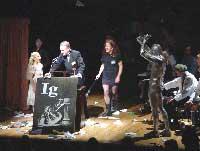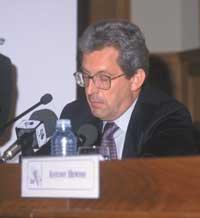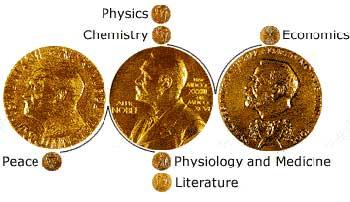Ig Nobel Prizes, more fun than Novels
2002/10/20 Galarraga Aiestaran, Ana - Elhuyar Zientzia
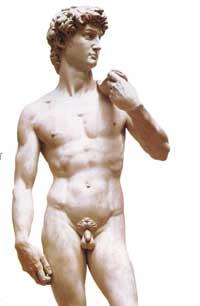
The Ig Nobel Prizes are awarded to research that cannot be repeated or should not be repeated. All award-winning research, even though it originates a smile at first, seems to think about the future. It is clear, therefore, that research is not the usual.
These awards are organized by Annals of Improbable Research, which combines science and humor. They have been distributed since 1991 and are awarded a total of ten prizes, one for each of the following areas: biology, physics, interdisciplinary, chemistry, mathematics, literature, peace, hygiene, economics and medicine. The award ceremony is held at Harvard University in Cambridge, and the winners receive the prize from a true Nobel. This year, among others, Dudley Herschbach and William Lipscomb have been awarded the Nobel Prize in Chemistry of 1986 and 1976. It is not a bad honor!
If the award-winning investigations are curious, the awards festival is also humorous and very entertaining. The conferences alternate with songs and shows and some parts are simultaneously translated into other languages: Italian, German, Portuguese, Romanian and children. Although the winners pay the trip from their pocket, most are very satisfied with what they have been awarded.
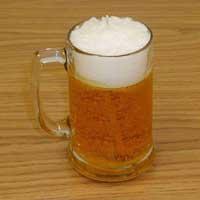
The winners of the Biology Award, for example, have been very satisfied with the appointment and have expressed their pride. These British researchers have studied the sexual behavior of ostriches from poultry farms. In particular, they have investigated how human beings affect them by looking and have shown that they are sharpened before man. This research was published in a magazine specializing in farm birds.
For its part, the prize to Physics will become closer to more than one and may be more interesting. In fact, a physicist at the University of Munich has studied how beer loses foam over time. It has shown that this loss follows a law, that of exponential decay.
The interdisciplinary award was for a survey conducted in Sydney. The survey revolved around the hairs of the navel and asked how many hair they had, what color they were and where they were (inside or outside). Those responsible should also say their age and sex, so the research was quite complete. The result is that 66% have silver hairs, most of them men.
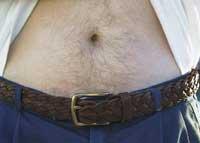
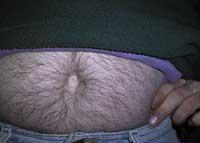

The prize in chemistry has been awarded to an Ilinois researcher for the realization of a periodic four-legged table/table. In English, as the word table indicates both the table and the table, it has acted with it. Therefore, with this work based on word play he has won the chemistry prize.
Mathematics travels to India. Two local scientists devised a mathematical method to measure the total surface occupied by Indian elephants. Given that this method was published 12 years ago in a specialized veterinary journal, it is also appreciated the dedication of time. It is possible that since then the surface of the elephants has been modified, but when awarded it seems that the method remains valid. Literature is
very practical and especially students will see its value: Two American researchers analyze the influence of a preconceived text. When it comes to learning, fluorescent markers are often used, and of course, if what has been stressed with them is not correct, or if the most important thing has remained unstressed, the result can be very bad.
The peace prize has been for a team of Japanese researchers who have invented a device that facilitates communication and harmony among species: an automatic tool that translates the barking of the dog directly to the Japanese. The dog must carry part of the device hanging from the neck. When barking, a computer returns it and, immediately, the owner can read and hear what the dog indicates through a device similar to that of a mobile phone. The tool is on the market and, although not too many copies have been sold outside Japan, it has had some success there.
The hygiene award has been for an inventor of Tarragona. Eduardo Segura has manufactured a washing machine to clean cats and dogs. The washing machine is called Lavakan and is a kind of shower, but completely closed. In it the dog or cat gets into it and after its downpour, irrigation and drying leaves tidy. This has also been successful in the market. It seems that researchers and inventors from all over the world take care of dogs.

The Mathematics Prize has been awarded to business managers and auditors for applying the concept of imaginary mathematical numbers to their businesses. These companies include Enron, WorldCom, Xerox, and Arthur Andersen, among others. Surely among all the winners, those who least rejoiced.
Finally, the Medicine prize was awarded to a work published in 1976 in the prestigious scientific journal Nature. In this study it is explained that the men of the ancient sculptures have the left bar longer than the right. However, in nature the opposite occurs. Therefore, the researcher has shown that the sculptors did wrong their works. A thorough and rigorous reward examination, indifferent!
Published in 7K.

Gai honi buruzko eduki gehiago
Elhuyarrek garatutako teknologia



